You’ve had—or are about to have—a new baby. Congratulations! It’s an exciting, world-changing experience.
We know you have a lot to wrap your head around, but we hope to make one part of your parenthood journey feel less overwhelming: breastfeeding your newborn.
Breastfeeding a newborn is a “natural” thing, but it doesn’t always feel that way. It’s okay to feel uncertain about how to start or what to expect. That’s what we’re here for. With a little guidance and support, you may be surprised at where your journey takes you.
So, here’s what to expect when you’re expecting… to breastfeed.
Before we get into the hows of breastfeeding a newborn, let’s talk about the whats. More specifically, what you’re feeding them: breast milk. The milk you make for your baby is amazing! It’s the only food your baby needs for the first six months of life and is constantly changing to meet your growing baby’s needs.
Your body prepares to breastfeed long before your baby is born. Milk production starts about halfway through your pregnancy (approximately 16-22 weeks).
The first milk you produce is known as colostrum. Thick and usually golden in color, it’s the perfect first food. In addition to concentrated nutrients, colostrum provides the immune system support that your newborn needs. It may seem surprising that colostrum is produced in small amounts, but it’s just right for your newborn’s tiny stomach.
Colostrum is a unique substance produced only in the first few days of life. But through hormonal shifts and cluster feeding (i.e., when your baby feeds in short, frequent bursts), your milk volume increases as your body begins producing transitional milk a few days after your baby is born. (Note that this timeline can differ depending on various circumstances.)
Transitional milk is the breast milk produced between colostrum and mature milk. When you begin to feel breast fullness and see the color change from golden to more white, you will know that your milk is transitioning.
Your milk matures over your baby’s first two weeks and will appear white or bluish-white and thinner in consistency.
Mature milk contains protein, fats, carbohydrates (lactose), vital antibodies, and immune-boosting factors that help protect your baby from illnesses and infections. As your baby grows, so does the composition of your mature milk—adapting to your baby’s changing nutritional needs for as long as you breastfeed.
How much milk do you need to nourish your baby? How do you know if you're making enough? What if you make too much? Or too little?
It's understandable to have lots of questions about milk supply. It can feel mysterious when you can't see how much milk you have or how much your baby is taking in.
The good news is that your body tends to produce the right amount of milk for your baby as long as they are breastfeeding regularly and effectively draining the breast. The more you nurse, the more milk your body will produce.
The initial weeks of breastfeeding are crucial for milk production. Each nursing session boosts prolactin levels (your milk-making hormone), creating more milk and transitioning from colostrum to mature milk. While hormones are significant initially, as your supply becomes established, supply and demand will be the main factors in keeping your milk supply strong.
We've talked about the "what” of breastfeeding. Now, how about the "how"? Three important components of nursing your newborn are positioning, latch, and feeding frequency.
Holding a newborn (especially for the first time) can be scary. What about holding them for nursing? Also scary! But fear not—new parents quickly become practiced in the best way to hold their baby, including for feeding.
A few things are true in any breastfeeding position you choose:
There are many breastfeeding positions, and you will find what works best for you and your baby.
Newborns come to us equipped with all the reflexes and instincts they need to breastfeed successfully. Breastfeeding is a partnership between you and your newborn. Lie back in a reclining position with your upper body slightly elevated and your baby on your chest, skin-to-skin and tummy-to-tummy. This position allows babies to use their natural abilities to help with latching. Early babies may need more support.
It is a go-to breastfeeding position for all ages, although newborns may need more head support. Sit up straight, and use pillows to bring your baby to the level of your nipple. Hold your baby’s head in the crook of your arm with their belly against yours. If your baby needs help latching, consider a cross-cradle to support their head, neck, and back.
Also called the "clutch" or “rugby” hold, this position is helpful for parents after a cesarean birth as it relieves pressure on the incision. Place pillows at your side to bring your baby up to the level of your nipple. Place your baby under your arm on their side (with tummy facing you) and nose to nipple. This position is ideal for newborns but may be outgrown quickly.
An upright pose that's good for newborns and babies with lower muscle tone who are struggling to latch. Make a “U” shape with the thumb and index fingers and cup your baby’s chin. Lift the breast slightly using the other three fingers.
These are just a few options that work well for newborns. Consulting with an IBCLC can help you figure out what might work best for you and your
Encourage your baby to get a big mouthful of the breast. Placing your nipple at the nose and upper lip will stimulate your baby’s reflex to open wide. Always bring your baby to the breast and let them latch. Avoid leaning forward to reach their mouth, leading to a shallow latch. (Not to mention an aching back!)
A good latch is important for you and your baby, allowing for efficient milk transfer, a better milk supply, and a more comfortable nursing experience. What does a good latch look (and feel) like?
With a good latch, you should see or hear:
Newborn babies need to eat frequently and can feed around 8-12 times per day—and often more, depending on whether they are cluster feeding.
Instead of feeding by the clock, it's better to feed by hunger cues, as frequently and as long as your baby desires. 15 to 45 minutes is common, and cluster feeding may mean several feeds in a short period. Be sure to offer both breasts–the first is dinner, the second is dessert!
How do you know if your baby is hungry? Common hunger cues include:
The most important thing to remember during the long nights and tiring days of early breastfeeding is that you aren’t alone. Turn to your best sources of support, including friends, family, peer groups, and medical care providers. This includes your lactation consultant, and luckily, you don’t have to wait for an in-person appointment these days, thanks to virtual lactation care.
Book a convenient online video appointment with a Nest Collaborative IBCLC today. Whether you’re a breastfeeding newbie or a veteran, you can and should have access to evidence-based care to help support your breastfeeding goals.
At Nest Collaborative, our unbiased, evidence-based, multi-lingual team increases access to lactation support by providing virtual appointments, offering flexible appointment windows, and even assisting patients with insurance billing.
